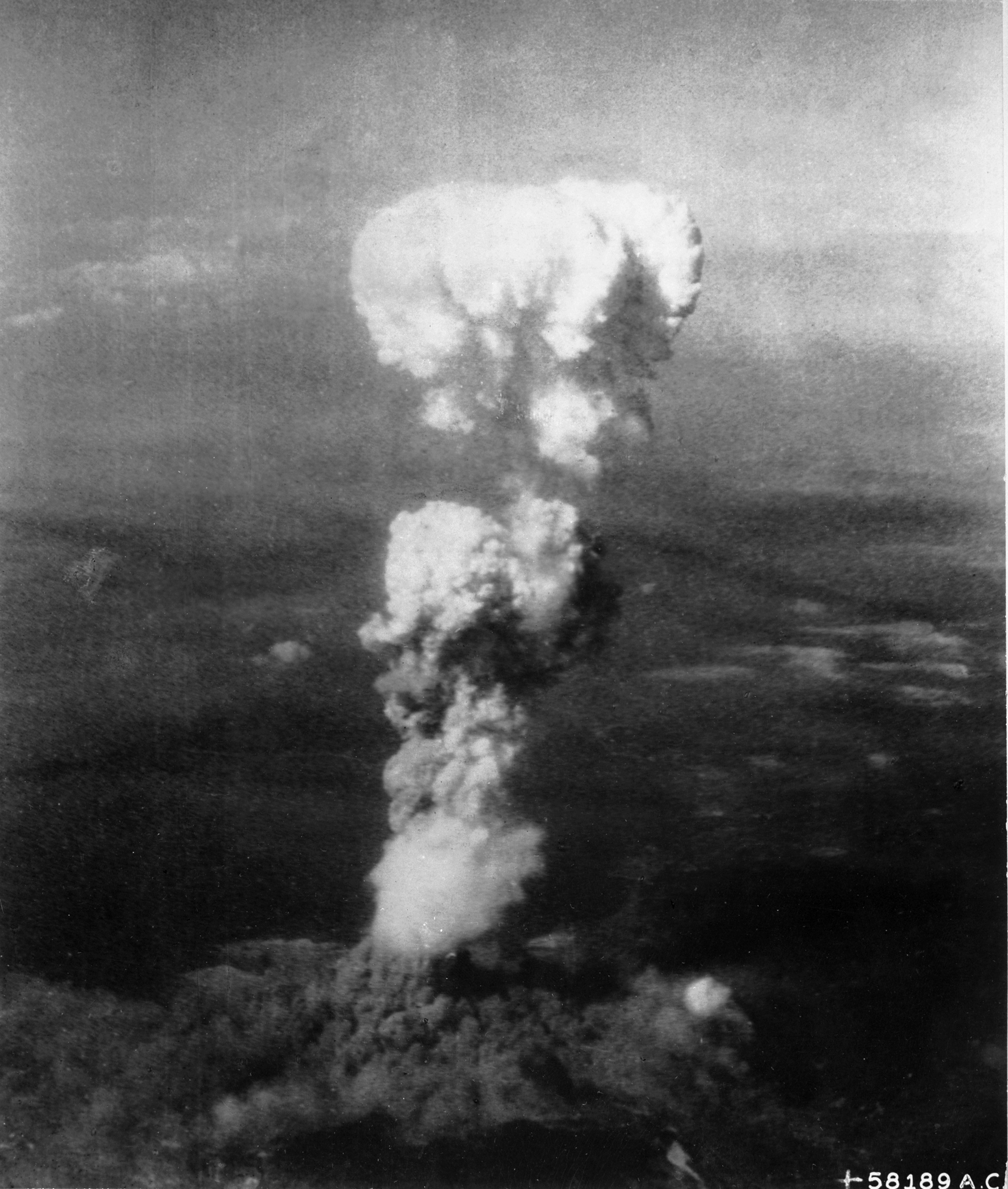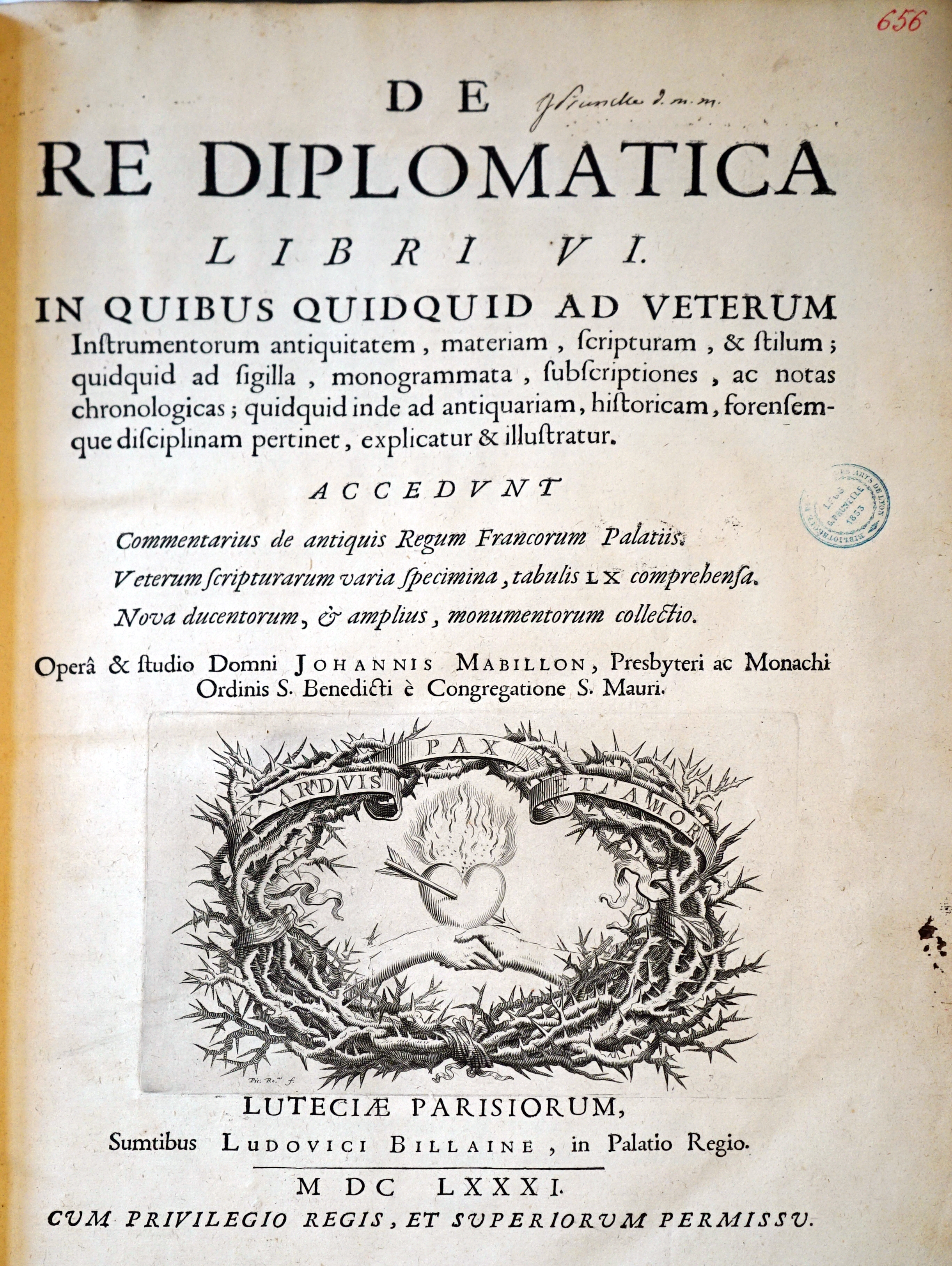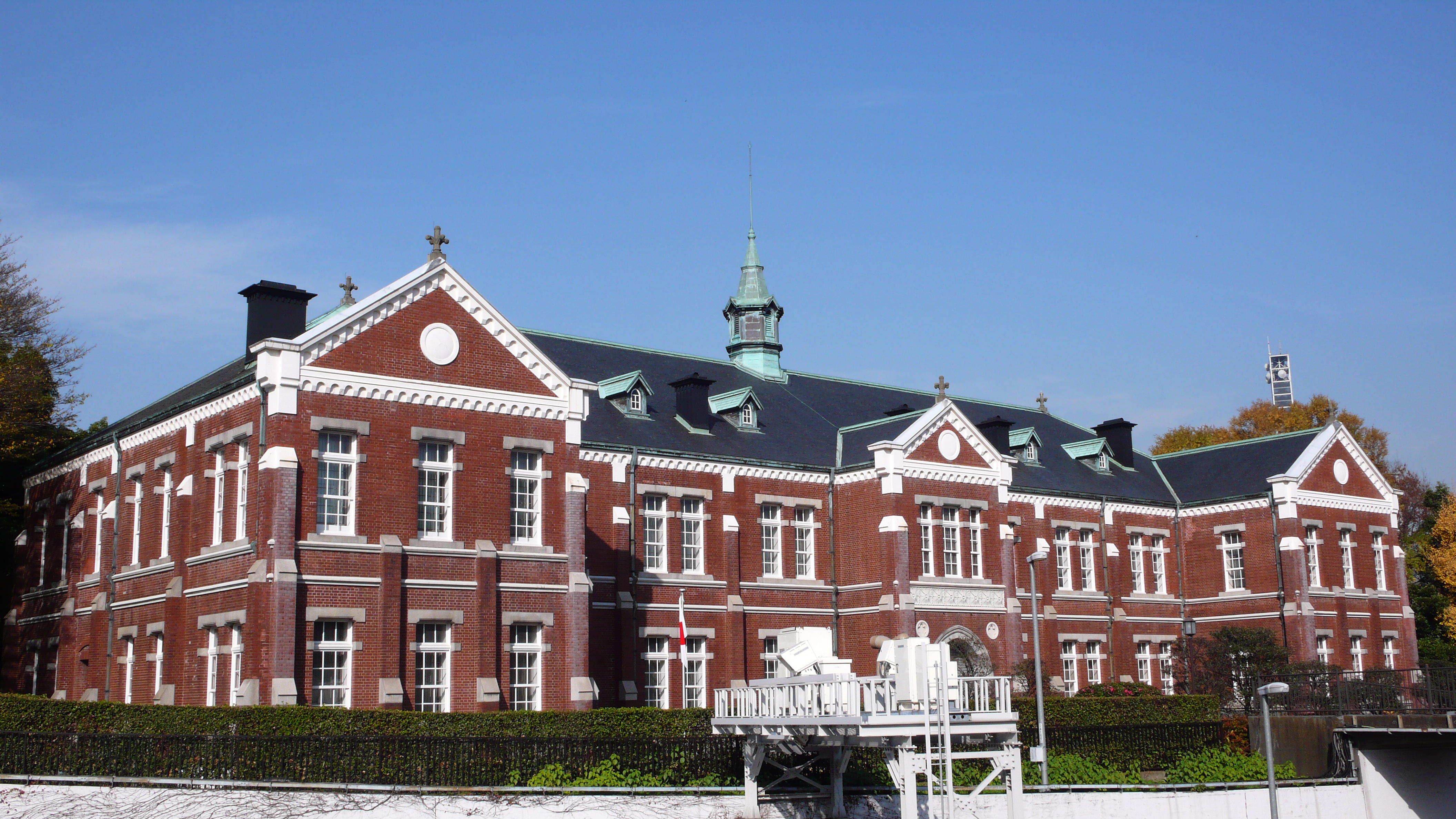|
Kyūjō Incident
The was an attempted military coup d'état in the Empire of Japan at the end of the Second World War. It happened on the night of 14–15 August 1945, just before the announcement of Japan's surrender to the Allies. The coup was attempted by the Staff Office of the Ministry of War of Japan and many from the Imperial Guard to stop the move to surrender. The officers murdered Lieutenant General Takeshi Mori of the First Imperial Guards Division and attempted to counterfeit an order to the effect of permitting their occupation of the Tokyo Imperial Palace ('). They attempted to place Emperor Hirohito under house arrest, using the 2nd Brigade Imperial Guard Infantry. They failed to persuade the Eastern District Army and the high command of the Imperial Japanese Army to move forward with the action. Due to their failure to convince the remaining army to oust the Imperial House of Japan, they committed suicide. As a result, the communiqué of the intent for a Japanese surrender con ... [...More Info...] [...Related Items...] OR: [Wikipedia] [Google] [Baidu] |
World War II
World War II or the Second World War (1 September 1939 – 2 September 1945) was a World war, global conflict between two coalitions: the Allies of World War II, Allies and the Axis powers. World War II by country, Nearly all of the world's countries participated, with many nations mobilising all resources in pursuit of total war. Tanks in World War II, Tanks and Air warfare of World War II, aircraft played major roles, enabling the strategic bombing of cities and delivery of the Atomic bombings of Hiroshima and Nagasaki, first and only nuclear weapons ever used in war. World War II is the List of wars by death toll, deadliest conflict in history, causing World War II casualties, the death of 70 to 85 million people, more than half of whom were civilians. Millions died in genocides, including the Holocaust, and by massacres, starvation, and disease. After the Allied victory, Allied-occupied Germany, Germany, Allied-occupied Austria, Austria, Occupation of Japan, Japan, a ... [...More Info...] [...Related Items...] OR: [Wikipedia] [Google] [Baidu] |
End Of World War II In Asia
World War II officially ended in Asia on September 2, 1945, at 3:24 with the surrender of Japan on the . Before that, the United States Atomic bombings of Hiroshima and Nagasaki, dropped two atomic bombs on Japan, and the Soviet–Japanese War, Soviet Union declared war on Japan, causing Emperor Hirohito to announce the acceptance of the Potsdam Declaration on August 15, 1945, which would eventually lead to the surrender ceremony on September 2. After the ceremony, Japanese forces continued to surrender across the Pacific, with the last major surrender occurring on October 25, 1945, with the surrender of Japanese forces in Taiwan to Chiang Kai-shek. The American occupation of Japan lasted from the end of the war until April 28, 1952, when the Treaty of San Francisco came into effect. Prelude Soviet agreements to invade Japan At the Tehran Conference, between November 28 and December 1, 1943, the Soviet Union agreed to invade Japan "after the defeat of Germa ... [...More Info...] [...Related Items...] OR: [Wikipedia] [Google] [Baidu] |
Hirohito In Dress Uniform
, Posthumous name, posthumously honored as , was the 124th emperor of Japan according to the traditional order of succession, from 25 December 1926 until Death and state funeral of Hirohito, his death in 1989. He remains Japan's longest-reigning emperor as well as one of the world's List of longest-reigning monarchs, longest-reigning monarchs. As emperor during the Shōwa era, Hirohito oversaw the rise of Japanese militarism, List of territories acquired by the Empire of Japan, Japan's expansionism in Asia, the outbreak of the Second Sino-Japanese War and World War II, and the postwar Japanese economic miracle. Hirohito was born during the reign of his paternal grandfather, Emperor Meiji, as the first child of the Crown Prince Yoshihito and Crown Princess Sadako (later Emperor Taishō and Empress Teimei). When Emperor Meiji died in 1912, Hirohito's father ascended the throne, and Hirohito was proclaimed crown prince and heir apparent in 1916. In 1921, he made an official visit ... [...More Info...] [...Related Items...] OR: [Wikipedia] [Google] [Baidu] |
Diplomatic Note
Diplomatics (in American English, and in most anglophone countries), or diplomatic (in British English), is a scholarly discipline centred on the critical analysis of documents, especially historical documents. It focuses on the conventions, protocols and formulae that have been used by document creators, and uses these to increase understanding of the processes of document creation, of information transmission, and of the relationships between the facts which the documents purport to record and reality. The discipline originally evolved as a tool for studying and determining the authenticity of the official charters and diplomas issued by royal and papal chanceries. It was subsequently appreciated that many of the same underlying principles could be applied to other types of official document and legal instrument, to non-official documents such as private letters, and, most recently, to the metadata of electronic records. Diplomatics is one of the auxiliary sciences of histo ... [...More Info...] [...Related Items...] OR: [Wikipedia] [Google] [Baidu] |
Suicide
Suicide is the act of intentionally causing one's own death. Risk factors for suicide include mental disorders, physical disorders, and substance abuse. Some suicides are impulsive acts driven by stress (such as from financial or academic difficulties), relationship problems (such as breakups or divorces), or harassment and bullying. Those who have previously attempted suicide are at a higher risk for future attempts. Effective suicide prevention efforts include limiting access to methods of suicide such as firearms, drugs, and poisons; treating mental disorders and substance abuse; careful media reporting about suicide; improving economic conditions; and dialectical behaviour therapy (DBT). Although crisis hotlines, like 988 in North America and 13 11 14 in Australia, are common resources, their effectiveness has not been well studied. Suicide is the 10th leading cause of death worldwide, accounting for approximately 1.5% of total deaths. In a given year, ... [...More Info...] [...Related Items...] OR: [Wikipedia] [Google] [Baidu] |
Imperial House Of Japan
The is the reigning dynasty of Japan, consisting of those members of the extended family of the reigning emperor of Japan who undertake official and public duties. Under the present constitution of Japan, the emperor is "the symbol of the State and of the unity of the people". Other members of the imperial family perform ceremonial and social duties, but have no role in the affairs of government. The duties as an emperor are passed down the line to their male children. The Japanese monarchy is the oldest continuous hereditary monarchy in the world. The imperial dynasty does not have a name, therefore its direct members do not have a family name. Origins and name The imperial house recognizes 126 monarchs, beginning with Emperor Jimmu (traditionally dated to 11 February 660 BCE), and continuing up to the current emperor, Naruhito. However, scholars have agreed that there is no evidence of Jimmu's existence, that the traditional narrative of the imperial family's founding is ... [...More Info...] [...Related Items...] OR: [Wikipedia] [Google] [Baidu] |
Imperial Japanese Army
The Imperial Japanese Army (IJA; , ''Dai-Nippon Teikoku Rikugun'', "Army of the Greater Japanese Empire") was the principal ground force of the Empire of Japan from 1871 to 1945. It played a central role in Japan’s rapid modernization during the Meiji period, fought in numerous conflicts including the First Sino-Japanese War, the Russo-Japanese War, World War I, the Second Sino-Japanese War, and World War II, and became a dominant force in Japanese politics. Initially formed from domain armies after the Meiji Restoration, it evolved into a powerful modern military influenced by French and German models. The IJA was responsible for several overseas military campaigns, including the invasion of Manchuria, involvement in the Boxer Rebellion, and fighting across the Asia-Pacific during the Pacific War. Notorious for committing widespread Japanese war crimes, war crimes, the army was dissolved after Japan's surrender in 1945, and its functions were succeeded by the Japan Ground Self-D ... [...More Info...] [...Related Items...] OR: [Wikipedia] [Google] [Baidu] |
Eastern District Army
The was a field army of the Imperial Japanese Army responsible for the defense of the Kantō region and northern Honshū during the Pacific War. It was one of the regional commands in the Japanese home islands reporting to the General Defense Command. History The Eastern District Army was established on 16 November 1923 in the aftermath of the Great Kantō earthquake as the . It was essentially a home guard and garrison, responsible for recruitment and civil defense training to ensure the security of Tokyo, Yokohama, and the surrounding areas. On 1 August 1935, the Tokyo Defense Headquarters was renamed the Eastern Defense Command. On 1 August 1940, it was renamed again as the Eastern Army, which became the Eastern District Army on 1 February 1945. The Eastern District Army existed concurrently with the Japanese 12th Area Army, which was tasked with organizing the final defenses of Tokyo against the expected American invasion of the Japanese home islands. The Eastern Distri ... [...More Info...] [...Related Items...] OR: [Wikipedia] [Google] [Baidu] |
Tokyo Imperial Palace
is the main residence of the Emperor of Japan. It is a large park-like area located in the Chiyoda, Chiyoda, Tokyo, Chiyoda district of the Chiyoda, Tokyo, Chiyoda ward of Tokyo and contains several buildings including the where the Emperor has his living quarters, the where various ceremonies and receptions take place, some residences of the Imperial House of Japan, Imperial Family, an archive, museums and administrative offices. The palace grounds and gardens are built on the site of the old Edo Castle. History Edo castle After the capitulation of the Tokugawa shogunate, shogunate and the Meiji Restoration, the inhabitants, including the Shōgun Tokugawa Yoshinobu, were required to vacate the premises of the Edo Castle. Leaving the Kyoto Imperial Palace on November 26, 1868, the Emperor arrived at the Edo Castle, made it to his new residence and renamed it to . At this time, Tōkyō had also been called Tōkei. He left for Kyōto again, and after coming back on May ... [...More Info...] [...Related Items...] OR: [Wikipedia] [Google] [Baidu] |
Imperial Guards Division
The Imperial Guard of Japan has been two separate organizations dedicated to the protection of the Emperor of Japan and the Imperial Family, palaces and other imperial properties. The first was the , a quasi-independent elite branch of the Imperial Japanese Army, which was dissolved shortly after World War II. The current organization is the , a civilian law enforcement organization that is part of the National Police Agency. Imperial Guard of the Imperial Japanese Army The Imperial Guard of the Imperial Japanese Army was formed in 1867. It became the foundation of the Imperial Japanese Army after the Emperor Meiji assumed all the powers of state during the Meiji Restoration. The Imperial Guard, which consisted of 12,000 men organized and trained along French military lines, first saw action in the Satsuma Rebellion. It was organized into the 1st Guards Infantry Brigade, which had the 1st and 2nd Regiments. The 3rd and 4th Regiments belonged to the 2nd Guards Infantry Brigade. ... [...More Info...] [...Related Items...] OR: [Wikipedia] [Google] [Baidu] |
Lieutenant General
Lieutenant general (Lt Gen, LTG and similar) is a military rank used in many countries. The rank traces its origins to the Middle Ages, where the title of lieutenant general was held by the second-in-command on the battlefield, who was normally subordinate to a captain general. In modern armies, lieutenant general normally ranks immediately below general (or colonel general) and above major general; it is equivalent to the navy rank of vice admiral, and in air forces with a separate rank structure, it is equivalent to air marshal. In the United States, a lieutenant general has a three star insignia and commands an army corps, typically made up of three army divisions, and consisting of around 60,000 to 70,000 soldiers. The seeming incongruity that a lieutenant general outranks a major general (whereas a major outranks a lieutenant) is due to the derivation of major general from sergeant major general, which was a rank subordinate to lieutenant general (as a lieutenan ... [...More Info...] [...Related Items...] OR: [Wikipedia] [Google] [Baidu] |








